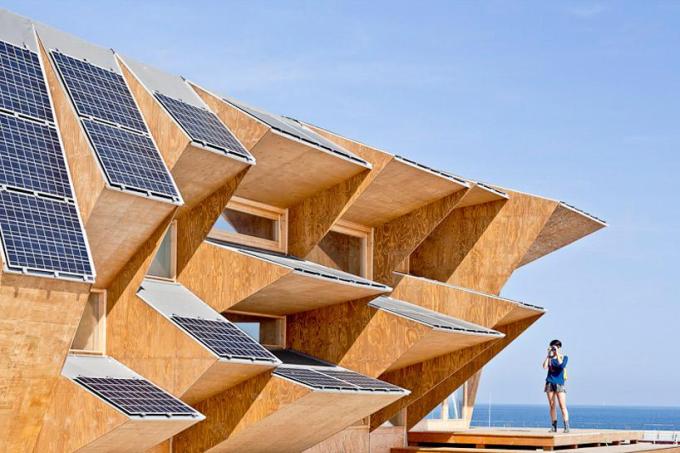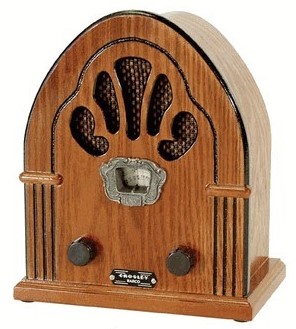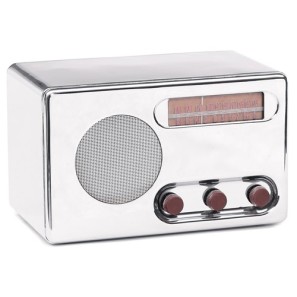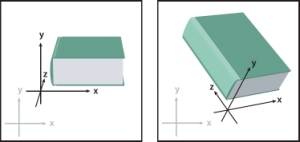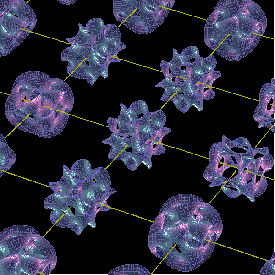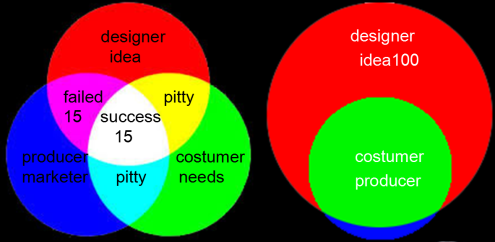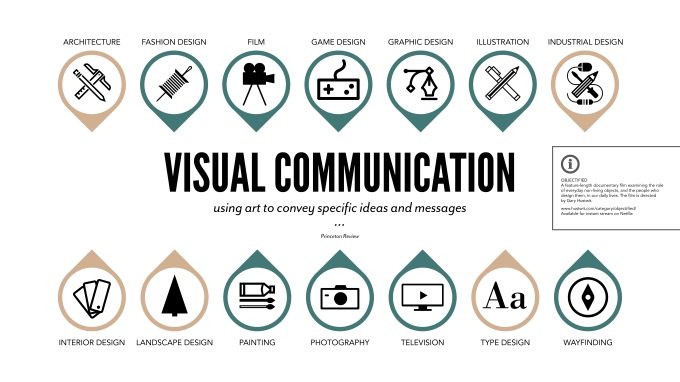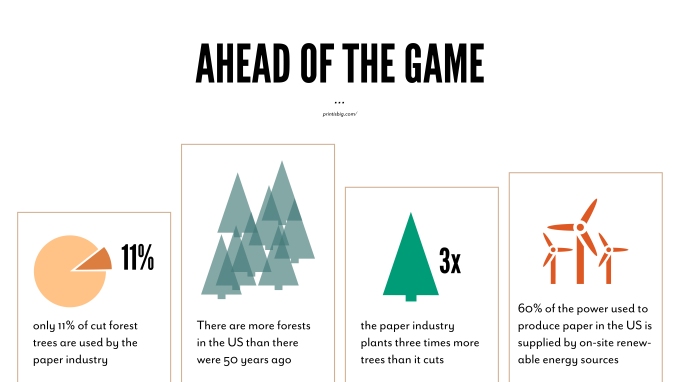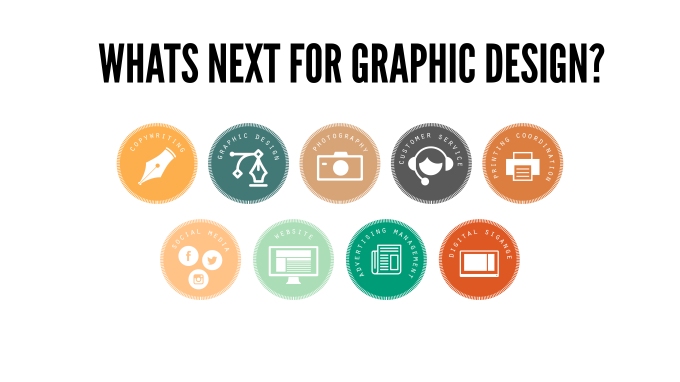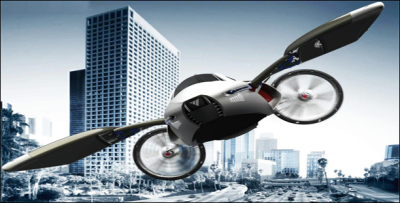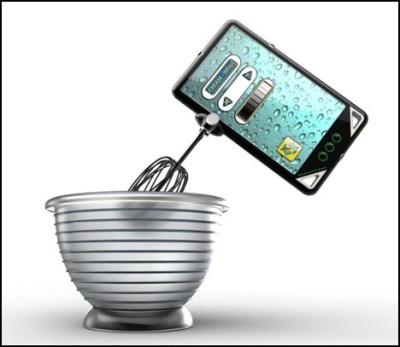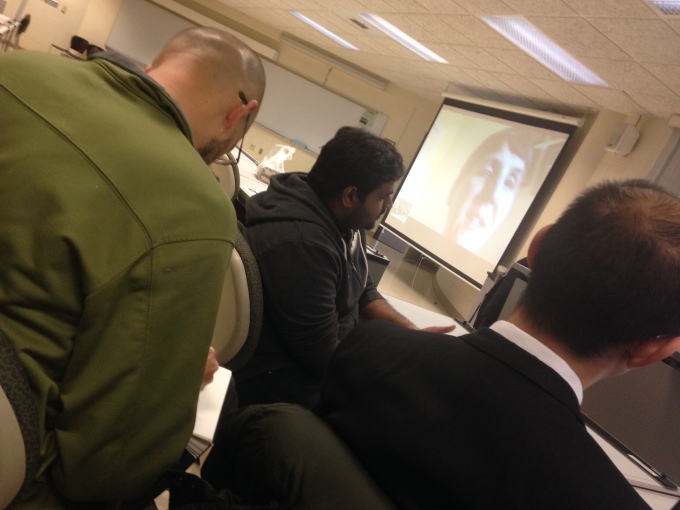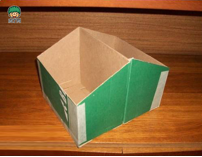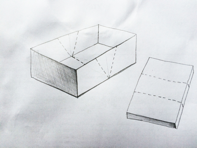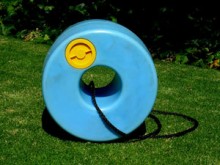BY HUE VANG
From the academic facilities privileged enough to house massive computing technology in the 1940s, digital games emerged solely as a research tool and quickly captured the imaginations of designers, entering the mainstream media today as a billion dollar industry. From the inception of digital checkers to the multi-million dollar projects today, digital games have evolved from vector lines to the realm of virtual reality, embedding itself into our culture, one pixel at a time. From our television, to smart phones, tablets and the internet, digital games have invaded our electronic space, expanding it’s territory into other domains, such as the military, medicine and science. Whether technologically or artistically, the fascination we have with experiencing altered realities have pushed the boundaries of creativity towards a more interactive, visually stunning, social experience. But where is the industry headed? Is it even just to call the digital game world an ‘industry’ when the discipline has been democratized. With that level of accessibility, the future of digital gaming may have just merged onto an evolutionary fast lane.
In the future, console gaming may not survive; in fact, the current 8th generation of consoles may not live to see a 9th. If they do, it will be in a rebooted form, foreign to what we’ve see in the past, such as a powerful tablet to rival mobile and online gaming, as games may become non-exclusive to a particular platform.

Screenshot from presentation created using GameSalad
Having contacted Dr. Andrew Williams, professor of History of Interactive Media and Dr. Brent Dingle, professor of Game Design, both instructors here at UW Stout believe that virtual reality is lingering on our doorstep. Are we ready to answer the doorbell when it rings? I believe we’re hungry to see something new and innovative so our doors are already open. But with the excitement that VR brings, also invited are the ethics of this untamed technology. Here’s an interesting paper by Kurt Reymers on the ethics of virtual reality, concerning the Virtual Chicken and the Chicken Wars.
Another question is whether or not digital games will one day be considered a legitimate form of art. As Dr. Williams pointed out, Art is always changing so in time, there will be a genre for artistic games, but as a whole, maybe not, for digital games (and Art) are primarily commercial products made for financial or mental consumption.
Gamification is going to play a large role in the future of communication. Gamification uses game design in other domains to enhance the experience of the user, much like how I have used a game as a platform for my presentation during class. VR training in the realms of science, sports, military and medicine will be popular if the VR genre is done correctly. So here we see the idea of game design come a full circle, being initially created by scientists for human-AI interaction to now being channeled back to the lab for breakthroughs in their respective domain.
The amount of money needed to make AAA digital games are increasingly high and will only increase in the future. The recently released first-person-shooter, Destiny, took $500,000,000 to produce and market. This staggering number is a primary reason why original intellectual property (IP) is so rare today because companies are afraid of the potential risk in being original. We see sequels, prequels and reboots galore, as they already have an audience to promise revenue, but at the cost of artistic expression. Creatively driven games are seen more in indie games as they do not have the monetary burden to hold them back, though consequently, they don’t have the monetary advantage to market their product. But as indie developers increase, we will inevitably see in increase in original ideas.
So here then is the greatest issue for game design in the future: creativity. William Wright, creator of The Sims, states in this video interview, we’ve had an arms race to achieve the best visuals, but have been lacking in innovating new gameplay experiences. As Dr. Dingle greatly asserts, “technology does not drive games, imagination does.”
I believe digital games should look beyond the sense of visual/audio and focus on the sense of touch, taste and smell, which will reinforce a different way of storytelling. Of course, something this immersive will raise ethical issues but it’s time we experience new ideas beyond the explosions, guns, and elves. There’s nothing wrong with those ideas as we all do enjoy a good beat-em-up game from time to time, but time-to-time does not mean every time. As games have gone a full circle, being born from academia and now returning to education, science, etc in the form of gamification, we must too return to our source of innovation that made digital games so enjoyable: the imagination.

Screenshot from presentation created using GameSalad
